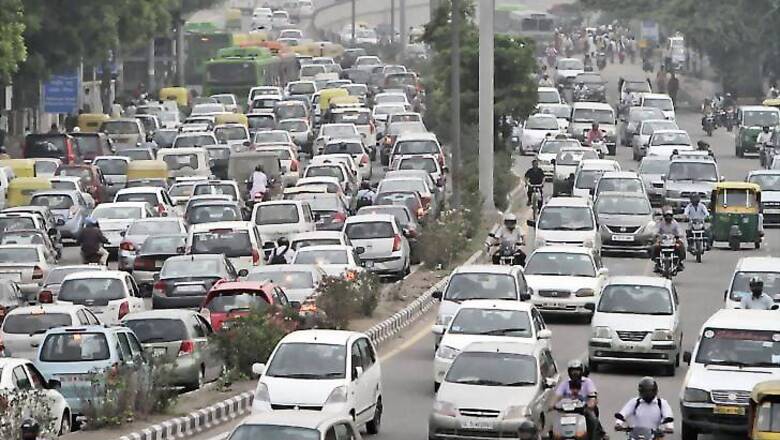
views
New Delhi: From Mexico's 'Hoy no cirula policy' to Colombia's 'Peak and plate', different versions of odd-even car rationing scheme have been implemented across the globe to combat toxicity in air as well as traffic congestion.
Mexico had in 1989 introduced "Hoy no Circula policy", under which cars were banned from 5 AM to 10 PM one day a week depending on the colour of their license plates.
While cars with yellow license plates could not ply on Monday, pink, red, green and blue were restricted on further days of the week.
The Colombian capital of Bogota had implemented 'Pico y Placa' (peak and plate). The restricted digits in car license plates were associated with days and the restriction were in place from 6 AM to 8 PM, Monday through Friday.
Beijing in China introduced and implemented the alternate-day driving restrictions ahead of the 2008 Olympics for two months where days were fixed for restricting vehicles with license plates with specific digits.
Vehicles in two of the largest cities of Italy — Rome and Milan — were restricted in December 2015 as the pollution levels shot up.
While in Milan, private cars and two-wheelers were banned for six hours a day for three consecutive days, Rome banned odd-numbered plates for nine hours on a Monday and even-numbered plates were banned on a Tuesday.
Delhi's odd-even scheme is similar to the one implemented in Paris in 2014 where odd numbered cars were allowed on certain days while even numbered on others. The Delhi government's odd-even road rationing scheme was enforced on Monday for the third time.
Under the scheme, which will be implemented from 8 am to 8 pm till November 15, non-transport four-wheeled vehicles with registration numbers ending with an odd digit (1, 3, 5, 7, 9) will not be allowed on the roads on November 4, 6, 8, 12 and 14.
Similarly, vehicles with registration numbers ending with an even digit (0, 2, 4, 6, 8) will not be allowed on the roads on November 5, 7, 9, 11, 13 and 15
Violations of the odd-even rule will invite a fine of Rs 4,000. Over 600 teams of Delhi Traffic Police and the transport and revenue departments have been deployed for a strict implementation of the scheme across the city.
The overall Air Quality Index (AQI) of the city at 7:30 am stood at 439, which falls in the 'severe' category. An AQI between 0-50 is considered 'good', 51-100 'satisfactory', 101-200 'moderate', 201-300 'poor', 301-400 'very poor' and 401-500 'severe'. An AQI above 500 falls in the 'severe plus' category.




















Comments
0 comment